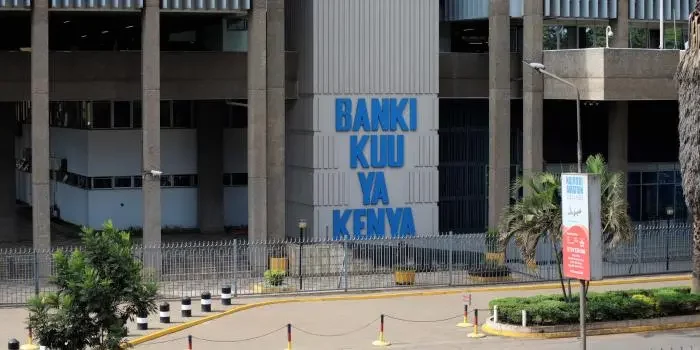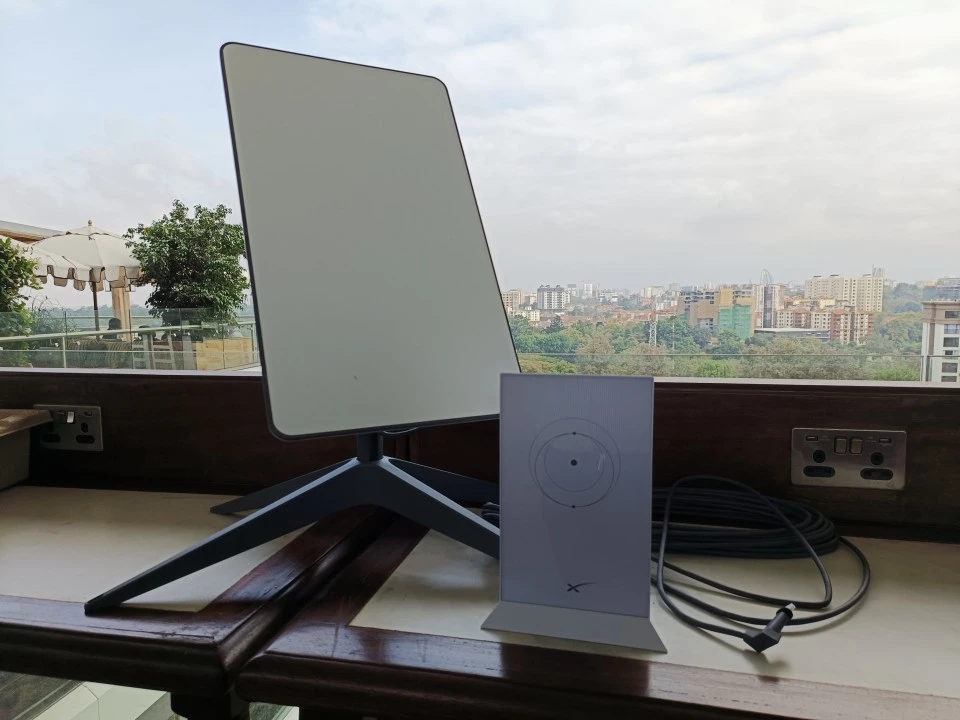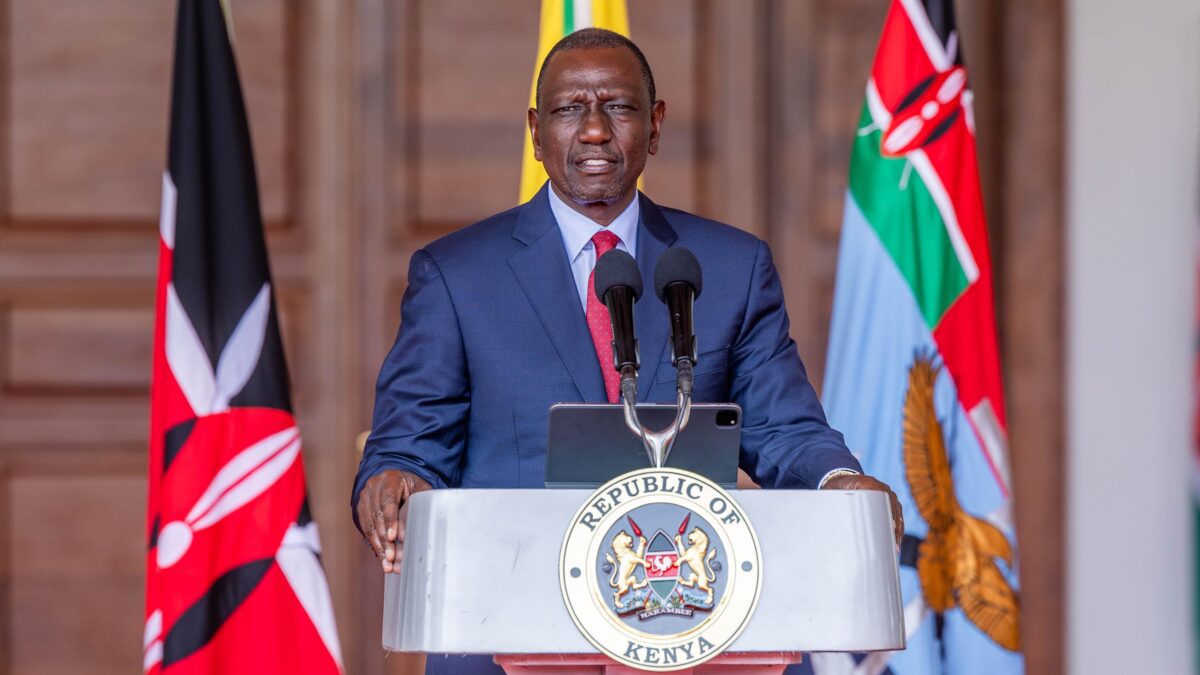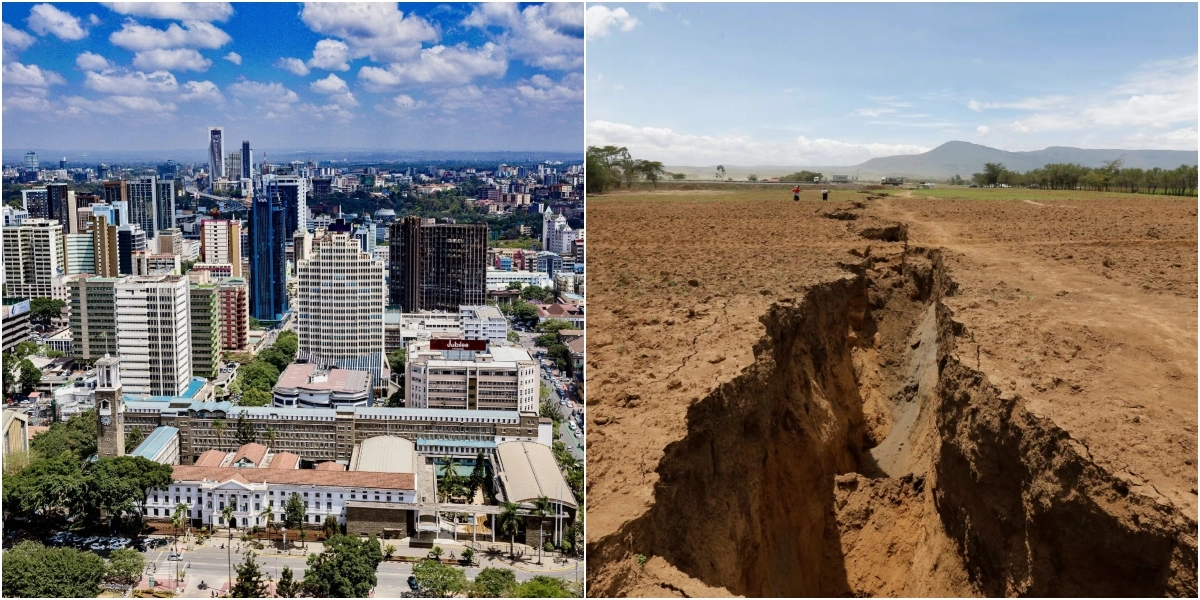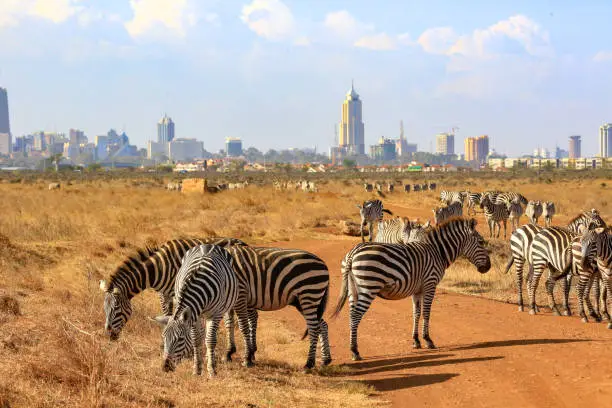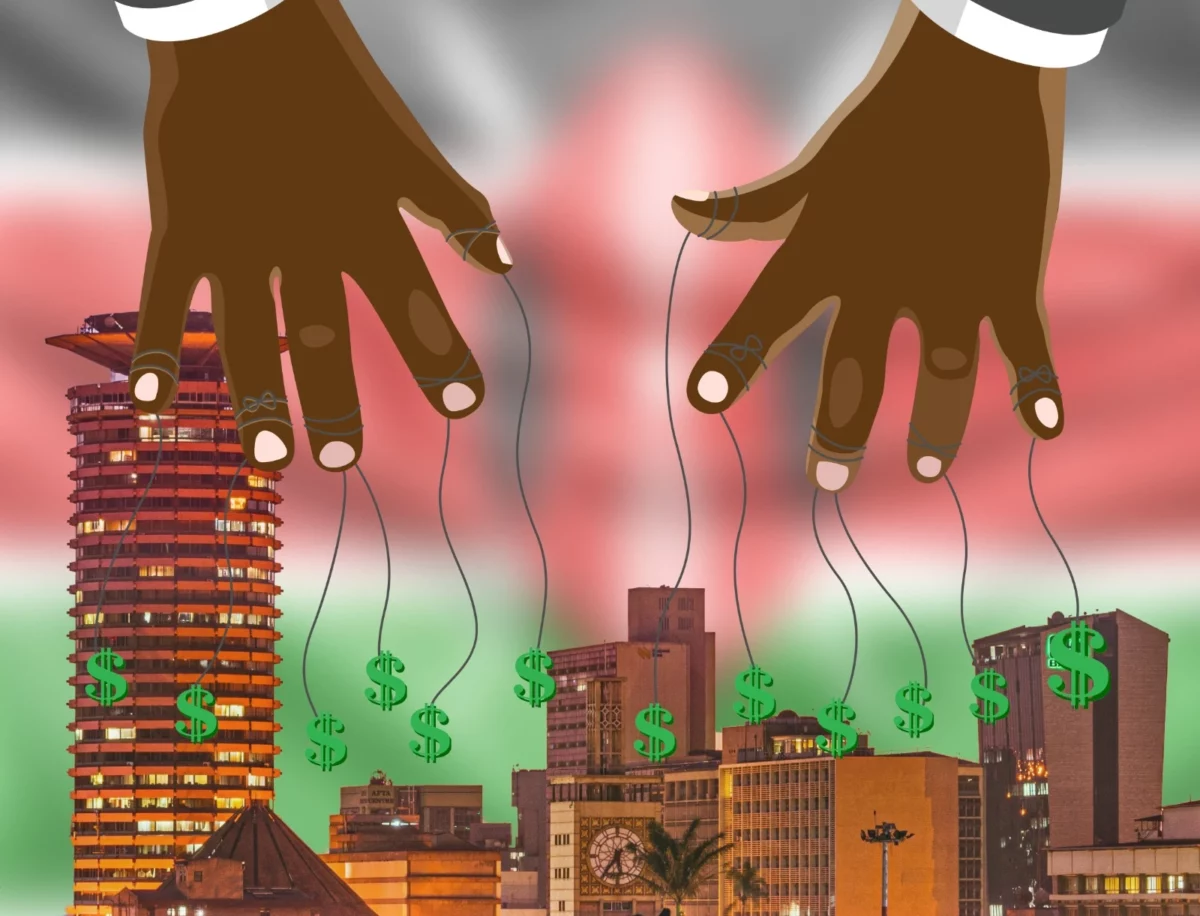The benchmark base lending rate has been increased from 9.50% to 10.50% by the Central Bank of Kenya (CBK) through its principal policy-making body, the Monetary Policy Committee (MPC).
One of the first steps the new CBK Governor Dr Kamau Thugge has taken as he settles into the office to address with issues left behind by his predecessor Dr Patrick Njoroge is to tighten up the money supply.

The MPC stated at its meeting this Monday, held in advance of the planned July meet, that the decision to raise the Central Bank Rate (CBR) was made against the backdrop of global uncertainties, inflationary pressures, weak global growth prospects, ongoing geopolitical conflicts, as well as responses to measures adopted globally to deal with these unfavorable conditions.
Kenya’s inflation rate increased to 8.0% in May 2023 from 7.9% in April 2023, primarily due to a sharp increase in the cost of fuel and food. In addition to raising energy prices, the government ended its program of gasoline subsidies, which is projected to keep inflation high in the months ahead.
Read Also: CBK Calls on Kenyans to Unlock Dollars Stored in Deposit Accounts
Particularly, the cost of sugar and maize has skyrocketed, causing many poor Kenyans’ household budgets to become unstable.
The MPC stated that because of the prolonged conflict between Russia and Ukraine, food and gasoline prices have remained high, posing a major threat to the local economy.
Due to increased activity in the services sector and a robust recovery in the agriculture sector as a result of comparatively high rains, Kenya’s economy is predicted to experience a comeback in the first half of 2023.
Read Also: CBK to Remove 4.2 Million Kenyans from CRB
According to CBK, the manufacturing sector’s performance and tea exports both improved in the 12 months leading up to May 2023 compared to the same time in 2022. As more infrastructure projects complete their conclusion, Kenyan imports of equipment for various projects have also decreased.
Kenya’s foreign exchange reserves, which are currently at US$ 7,379 million, or 4.07 months of import coverage, continue to be sufficient to protect the local currency from any turbulence in the local foreign exchange market.
The percentage of non-performing loans to gross loans in the banking industry increased from 14.6% in April 2023 to 14.9% in May 2023. According to the CBK, the manufacturing, trade, real estate, transportation, and communication sectors had the highest increases in NPLs.
Private sector credit increased, with industries like manufacturing, transportation and communication, real estate, trade, and consumer durable consuming the majority of bank loans.
Subscribe to Switch TV for more exciting content
The MPC noted that Kenya’s KSh3.7 trillion budget for 2023–2024 is now being implemented and that it is progressing successfully. In particular, tax revenue collection and policy initiatives that continue to strengthen fiscal consolidation are performing well.

